|
|||
What Is a Spanned Volume?A spanned volume is a concatenation of disk segments to form what appears as one logical volume. This can be best explained in the example below, where drive D starts out as a simple volume with 114.5 GB. 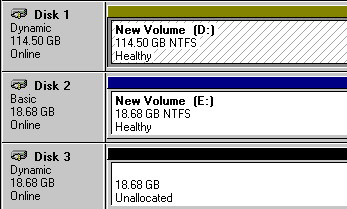 Figure 21.1: Volume D with the initial size of 114.50 GB. When drive D runs out of space, it can be extended by concatenating disk 3 to it.  Figure 21.2: Right-click on volume D and choose to extend it. 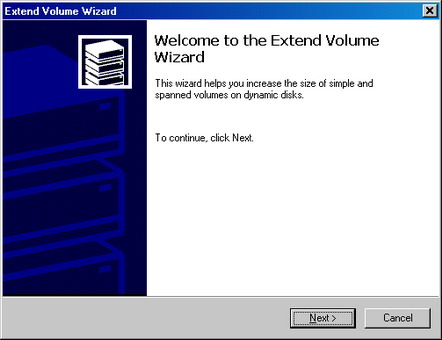 Figure 21.3: Extend Volume Wizard. 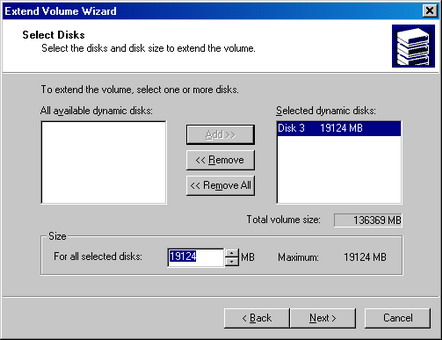 Figure 21.4: Add Disk 3 to form a spanned volume. Drive D now becomes a spanned volume 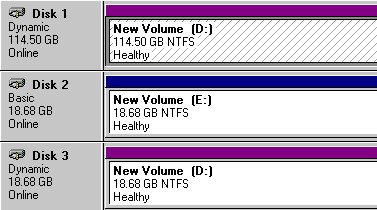 Figure 21.5: Volume D spans Disks 1 and 3. The size of D is the total size of the two disks. 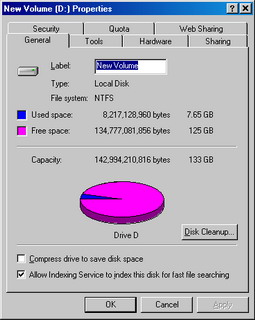 Figure 21.6: Properties of volume D. A spanned volume implemented in hardware is called a JBOD (just a bunch of disks). It is displayed in Windows Disk Manager as one physical disk because the hardware performs the concatenation transparently to Windows®. Do You Need to Read This Chapter?If the spanned volume mechanism is intact and data loss was due to other causes such as accidental deletion, you do not need to read this chapter. Treat the volume as an ordinary volume.If the spanned volume has failed, it needs to be reconstructed. In the figure below, drive D in the example above has failed, and the disks are now displayed as Unallocated. 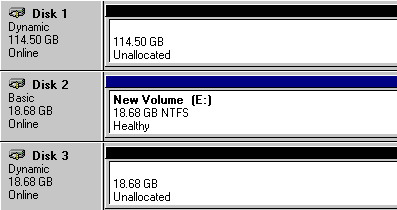 Figure 21.7: A failed spanned volume. Using Our ServicesPlease see "Chapter 20: RAID Recovery Services." |
|||
|